One of the first things people ask us at Bookatrekking.com is: how hard is it to climb Kilimanjaro? Fair question. It’s Africa’s highest mountain, almost 6,000 meters above sea level, and for many, it’s their first time hiking at altitude. The good news? You don’t need ropes, technical gear or climbing experience. The challenge is real, but it’s more about endurance, altitude and mindset than physical strength. If you can walk for several days in a row and stay positive when things get tough, you’ve got what it takes.
I’ve climbed Kilimanjaro facts myself, and I’ll be honest—it was hard for me. But that had everything to do with the way I did it. I accelerated the trek and skipped key acclimatisation time, which made the altitude hit harder than it needed to. Summit night was tough. I was cold, tired and moving slowly. But even then, I never felt unsupported. The guides, the pacing and the way the routes are structured are all designed to give you the best shot at reaching the top. In the video below, we show you what the climb is really like. And in this post, I’ll walk you through what makes Kilimanjaro hard, what makes it doable and how you can prepare for it.



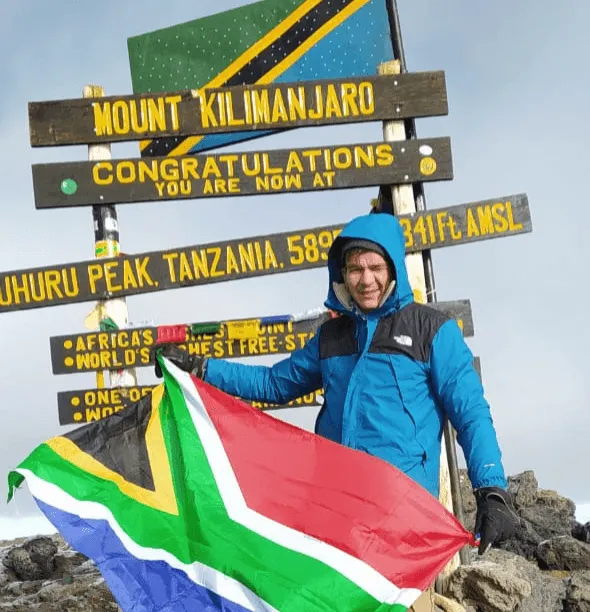
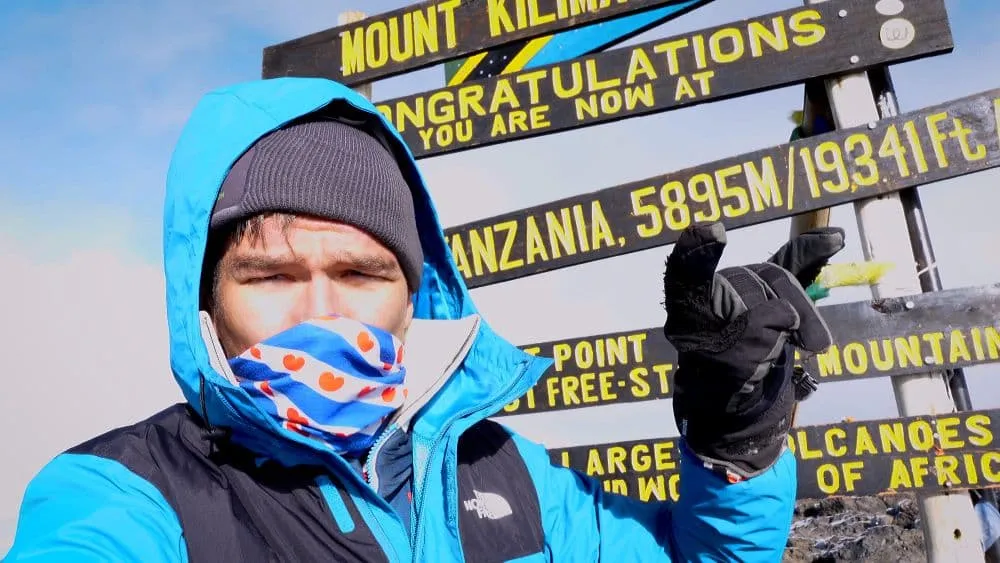
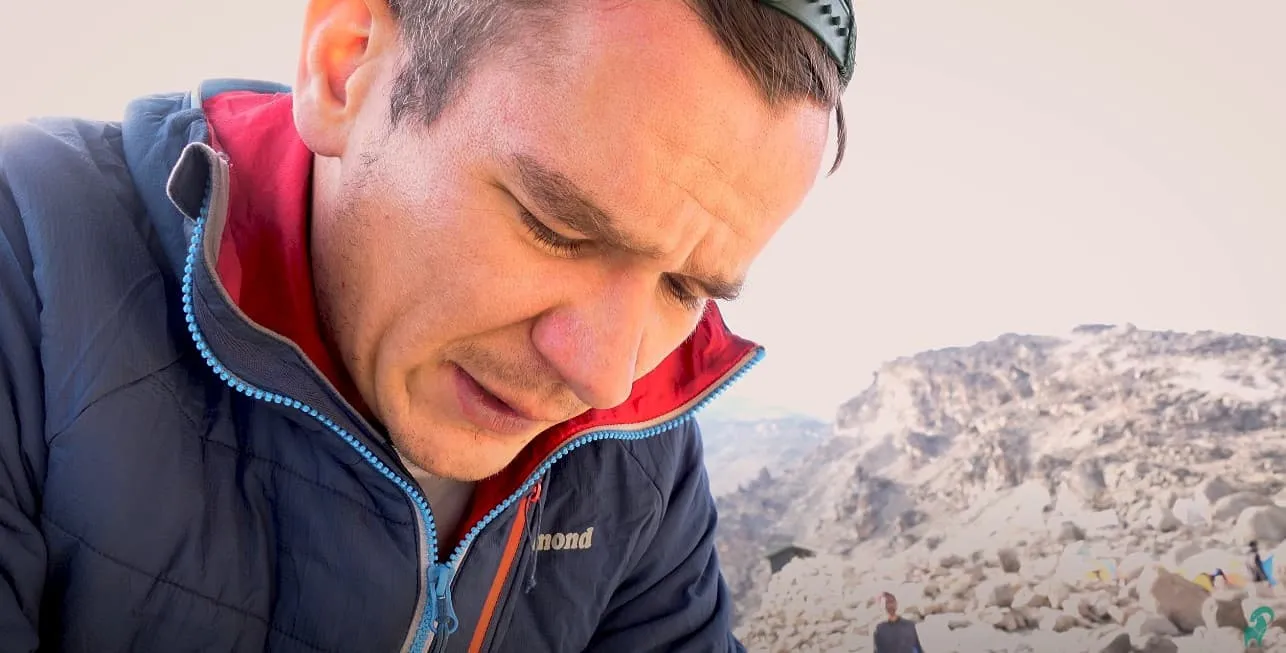
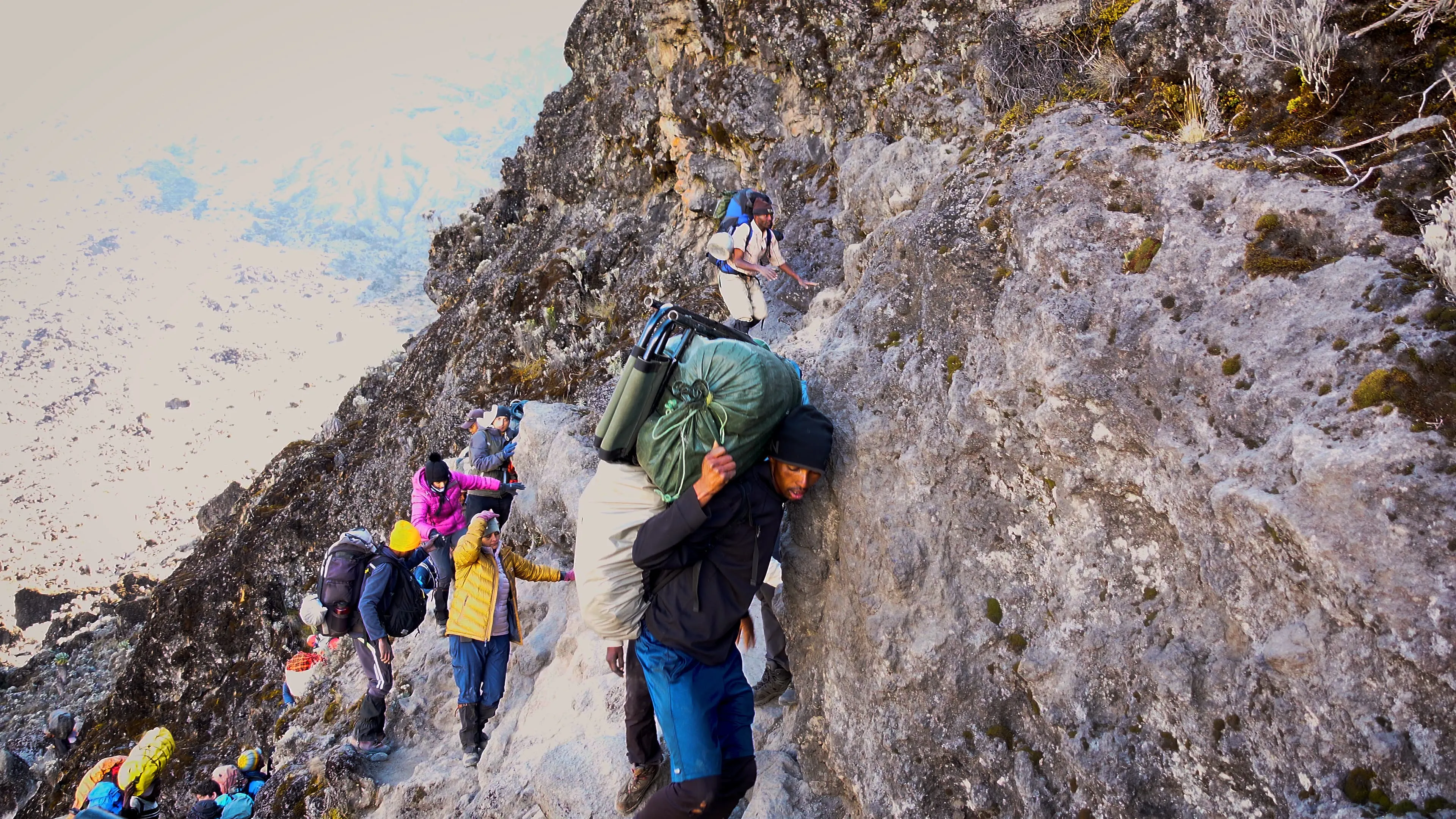
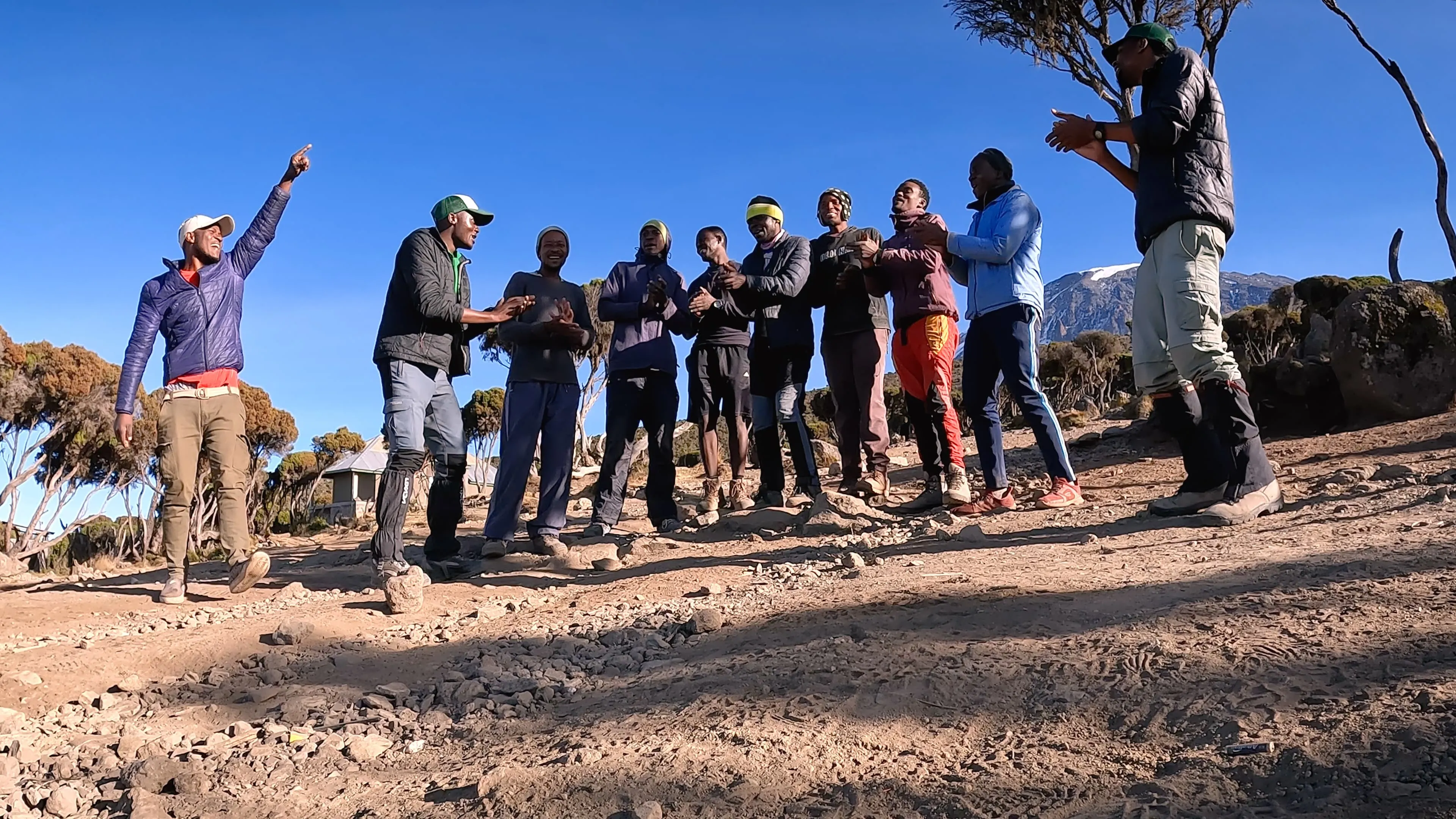
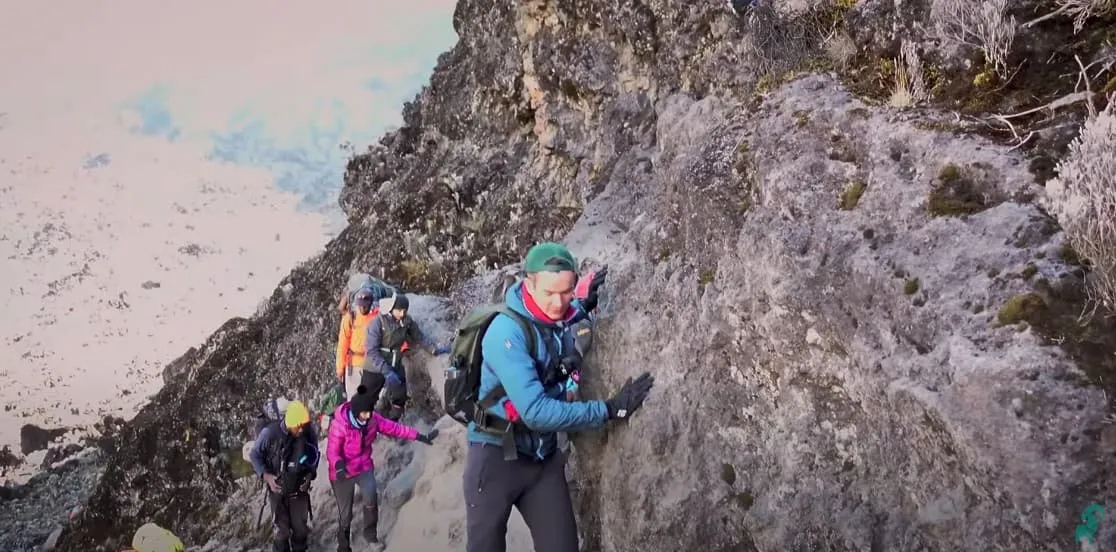
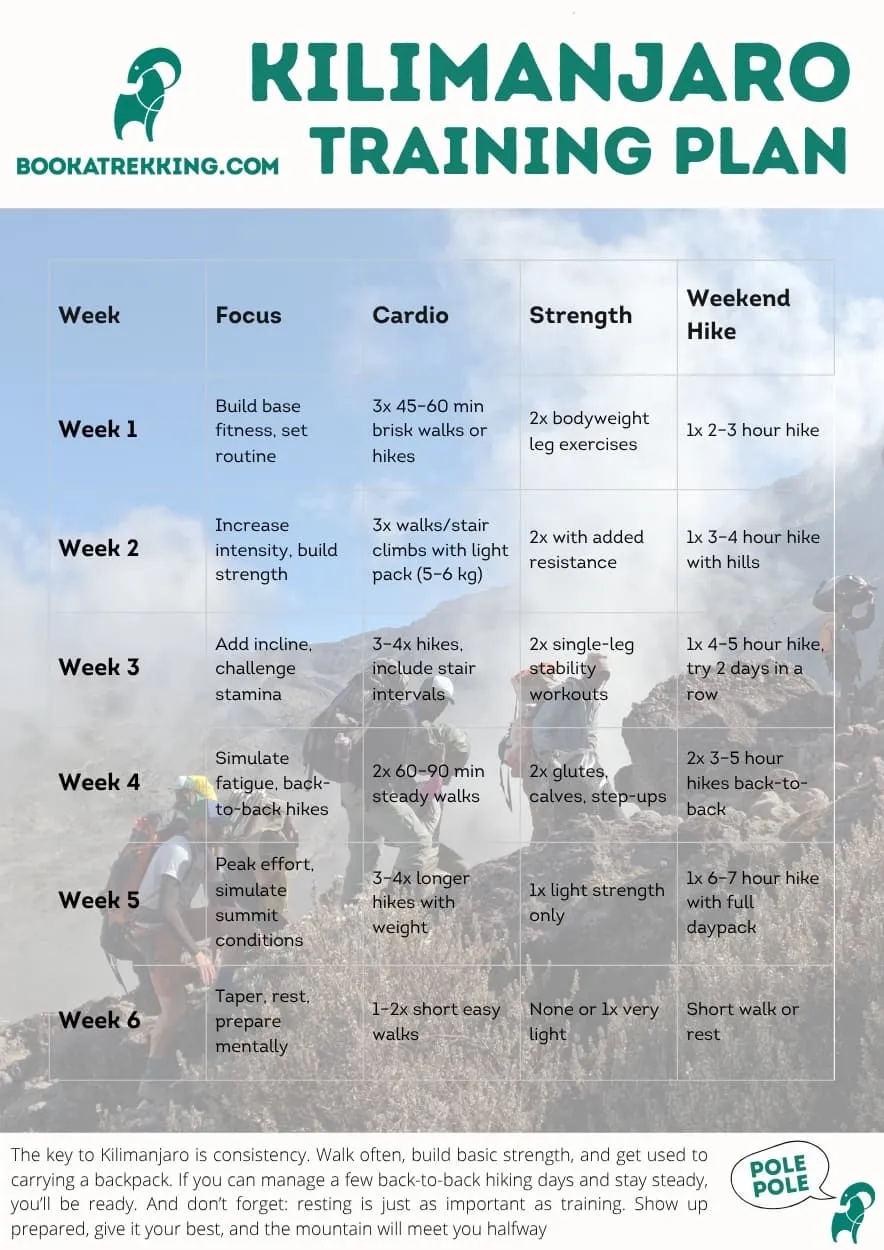
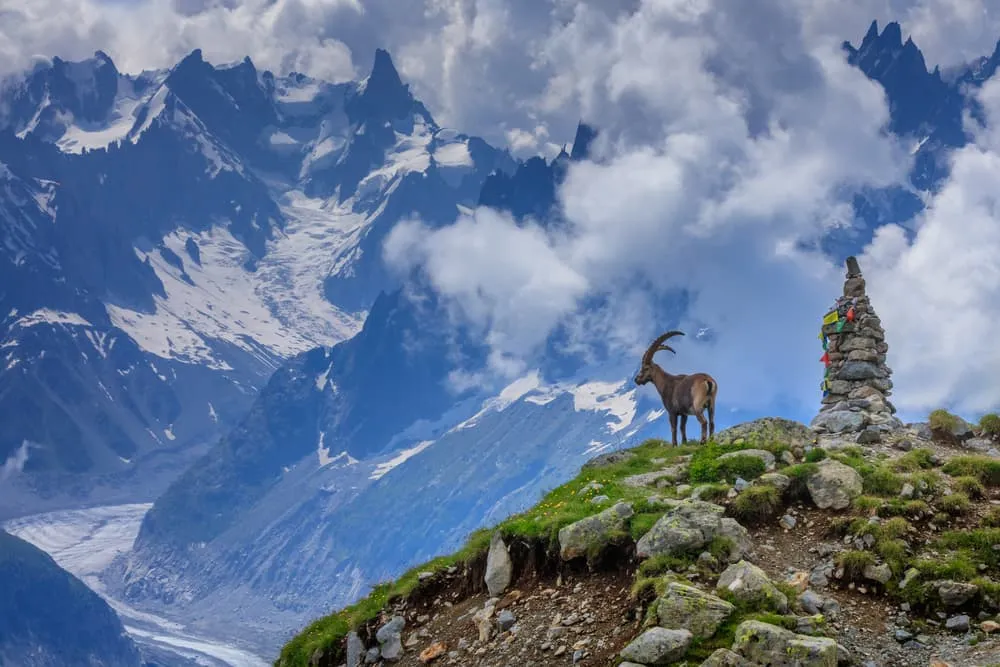
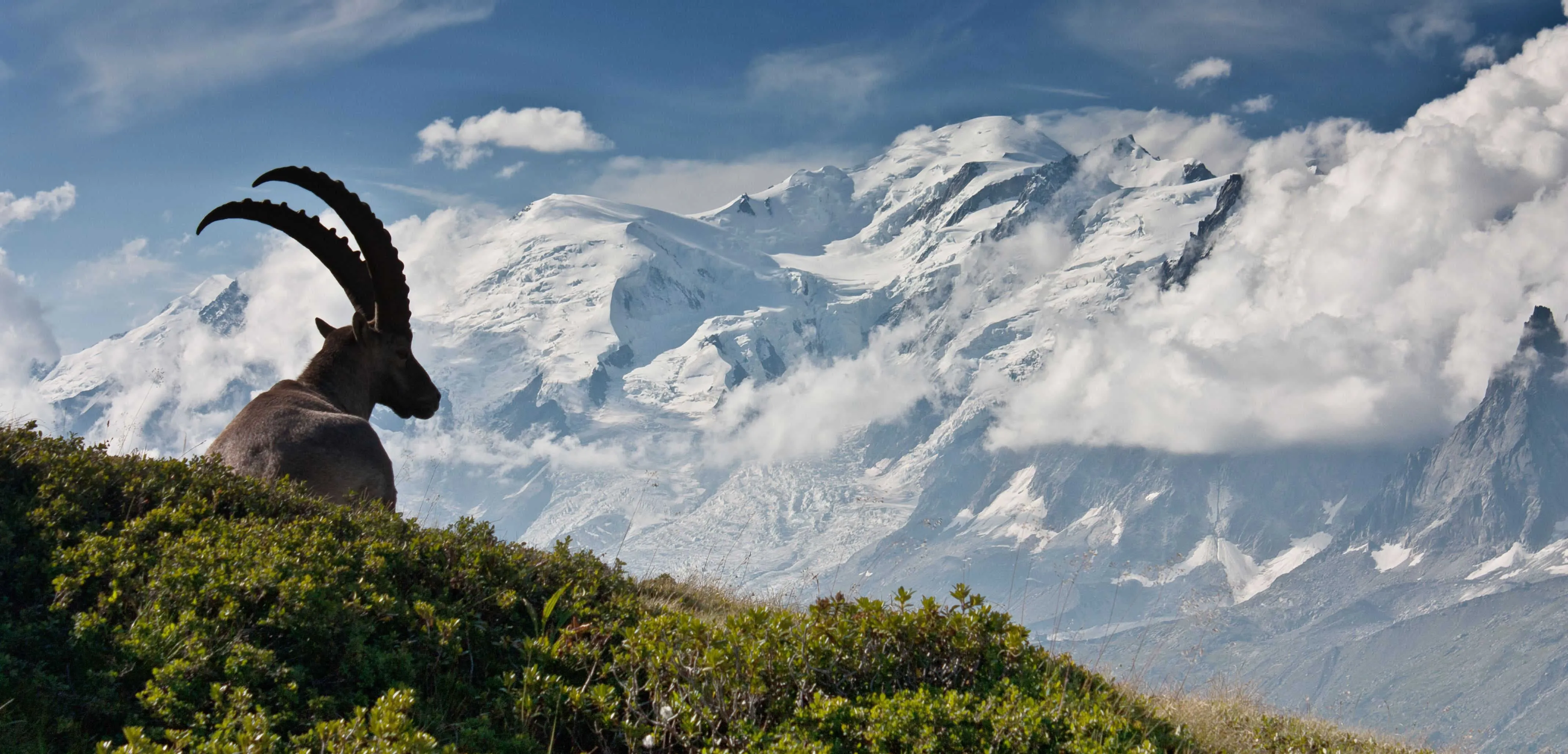
Comments